- Product
- Solution for
For Your Industry
- Plans & Pricing
- Company
- Resources
For Your Industry
Implementing Dynamic Pricing in 30 Days is no longer an ambitious goal — it’s an achievable roadmap for companies ready to move from static to intelligent pricing. In a market driven by speed, competition, and real-time data, organizations that adopt AI-powered dynamic pricing can react faster, capture more value, and maintain customer trust.
This guide from tgndata walks you through the complete 30-day dynamic pricing implementation plan, showing exactly how to define goals, prepare your data, build models, and deploy a data-driven pricing strategy that adapts to demand and competition automatically.
Whether you’re starting from spreadsheets or optimizing advanced systems, this framework helps you launch, test, and refine dynamic pricing in one month — with measurable results and minimal disruption.
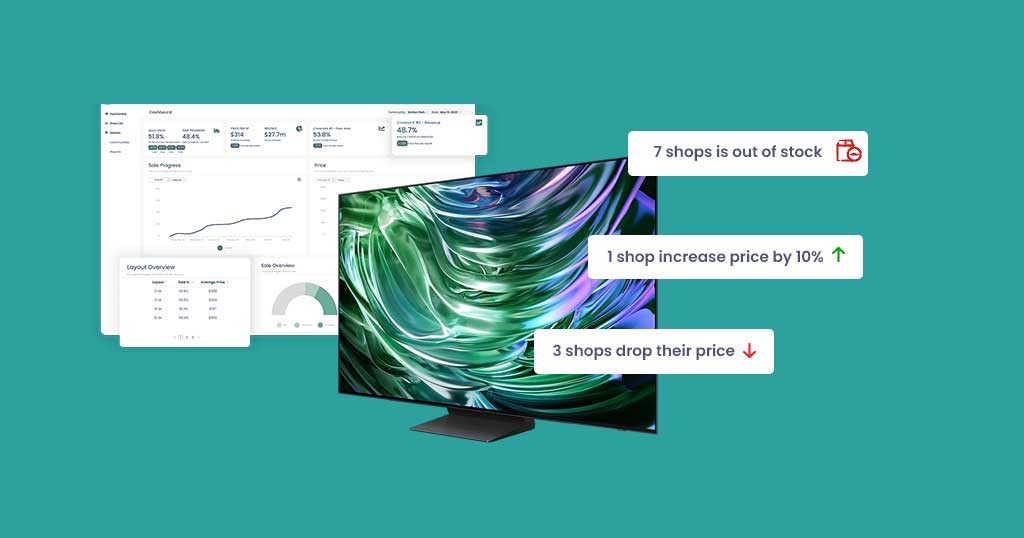
Before implementing automation, start by defining what success looks like. Are you aiming to:
Increase revenue or profit margin?
Improve price competitiveness?
Optimize inventory turnover?
Personalize offers by segment or region?
Each goal will influence how your dynamic pricing model is designed.
Pro Tip: Set SMART objectives — Specific, Measurable, Achievable, Relevant, Time-bound.
Example: “Increase category gross margin by 4% within 3 months through real-time price optimization.”
Dynamic pricing works best when segmentation is precise. Divide products and audiences based on:
Demand patterns: high vs. low elasticity.
Customer profiles: price-sensitive vs. value-driven.
Competitor density: commodity vs. differentiated products.
This ensures you apply the right pricing rules — and avoid overcomplicating your initial rollout.
tgndata insight: Our clients often begin with 10–15% of SKUs (or services) that have high data availability and price responsiveness.
Dynamic pricing is cross-functional. Engage:
Pricing and revenue teams
Data analytics and IT
Finance and compliance
Marketing and sales leadership
Define ownership clearly:
Who validates model accuracy?
Who approves pricing boundaries?
Who monitors customer impact?
Governance prevents automation from creating unintended brand or margin risks.
Dynamic pricing success depends on data quality. Start by auditing:
Transactional data (prices, volumes, timestamps)
Competitor and market data
Cost and margin data
Product metadata (category, brand, stock levels)
Check for:
Missing or duplicate entries
Outdated timestamps
Unaligned product identifiers
Clean, structured data is the foundation of every reliable pricing model.
Choose a solution that fits your business model and data maturity. Evaluate based on:
Integration: Can it connect with ERP, CRM, and eCommerce platforms?
Flexibility: Does it support custom rules, algorithms, and overrides?
Transparency: Does it explain pricing decisions clearly (important for compliance)?
Scalability: Can it grow across categories and regions?
tgndata’s Pricing Intelligence Suite is designed for exactly this — providing seamless data integration, AI-assisted decision-making, and human oversight tools.
Automation doesn’t mean losing control. Define your pricing boundaries before algorithms go live:
Minimum and maximum price thresholds.
Competitive positioning (e.g., never more than 3% below average competitor).
Customer fairness policies (avoid extreme fluctuations).
Promotion and discount logic.
Guardrails protect both profitability and reputation.
There are several dynamic pricing strategies — pick one or blend a few:
Rule-Based Pricing: Follows if/then logic (simple to start).
Demand-Based Pricing: Adjusts prices by sales velocity or stock.
Competitor-Based Pricing: Mirrors or anticipates competitor moves.
AI/Machine Learning Pricing: Learns from data patterns and predicts optimal prices.
Start with hybrid logic: rules for control, AI for insight.
There are several dynamic pricing strategies — pick one or blend a few:
Rule-Based Pricing: Follows if/then logic (simple to start).
Demand-Based Pricing: Adjusts prices by sales velocity or stock.
Competitor-Based Pricing: Mirrors or anticipates competitor moves.
AI/Machine Learning Pricing: Learns from data patterns and predicts optimal prices.
Start with hybrid logic: rules for control, AI for insight.
Visualize key performance indicators daily:
Price Index: Competitiveness vs. market average.
Gross Margin: Profitability impact.
Price Elasticity: Customer responsiveness.
Price Perception: Brand trust and fairness.
These dashboards provide feedback loops for ongoing refinement.
Avoid switching everything at once.
Start with one region, channel, or product segment.
Monitor performance for 5–7 days.
Compare dynamic vs. static control groups.
Iterative rollout ensures confidence and minimizes risk.
Watch both quantitative and qualitative signals:
Conversion rate and order volume.
Bounce rate and cart abandonment.
Social or customer service feedback.
If customers express confusion or frustration, adjust transparency or pricing frequency.
Remember: Perception drives long-term loyalty more than short-term gains.
Determine how often your prices should change — hourly, daily, or weekly — depending on:
Demand volatility.
Inventory levels.
Competitive intensity.
Overly frequent changes may confuse customers, while infrequent ones miss opportunities.
Use analytics to find the sweet spot.
Compare results to the objectives defined in Phase 1:
Did revenue, margin, or market share improve?
Did automation maintain fairness and compliance?
Were internal processes efficient?
Summarize insights in a 30-day review report — this becomes your baseline for scaling.
Dynamic pricing is iterative. Use learnings to:
Adjust rules and elasticity parameters.
Expand model coverage to new categories.
Improve automation thresholds based on risk appetite.
The goal: move from pilot to precision.
Once validated, scale across all products or markets.
Automate model retraining, establish governance checkpoints, and maintain a continuous optimization loop:
Collect new data →
Retrain models →
Validate performance →
Deploy and monitor again.
Dynamic pricing is not a one-time project — it’s a living system.
| Mistake | Impact | Prevention |
|---|---|---|
| Implementing without clear KPIs | Unclear ROI | Define metrics before starting |
| Relying only on AI | Loss of control | Combine automation with human judgment |
| Ignoring data quality | Model inaccuracy | Conduct a full data audit |
| Overpricing during demand peaks | Customer backlash | Apply ethical guardrails |
| Neglecting perception tracking | Brand damage | Monitor fairness and transparency |
Avoiding these ensures sustainability and trust — not just profitability.
At tgndata, we help companies turn pricing data into competitive advantage.
Our Dynamic Pricing Accelerator delivers:
Rapid integration: connect data sources in days.
AI-powered optimization: identify ideal prices by segment.
Real-time dashboards: track key KPIs 24/7.
Governance and transparency: ensure pricing aligns with brand values.
Whether you’re launching your first pilot or scaling globally, tgndata provides the tools, data, and guidance to make dynamic pricing both powerful and responsible.
Explore tgndata’s Dynamic Pricing Solutions →
Read: Why “Set and Forget” Doesn’t Work in Dynamic Pricing →
Dynamic pricing doesn’t need to be complex — it needs to be strategic.
In just 30 days, you can build a framework that combines data accuracy, automation, and human oversight to transform pricing from reactive to predictive.
Start small, learn fast, scale smart.
And remember — in a world that moves by the second, your price strategy should move with it.
At tgndata, we help make that transformation happen — responsibly, intelligently, and measurably.
Get in touch with tgndata to start your dynamic pricing journey →
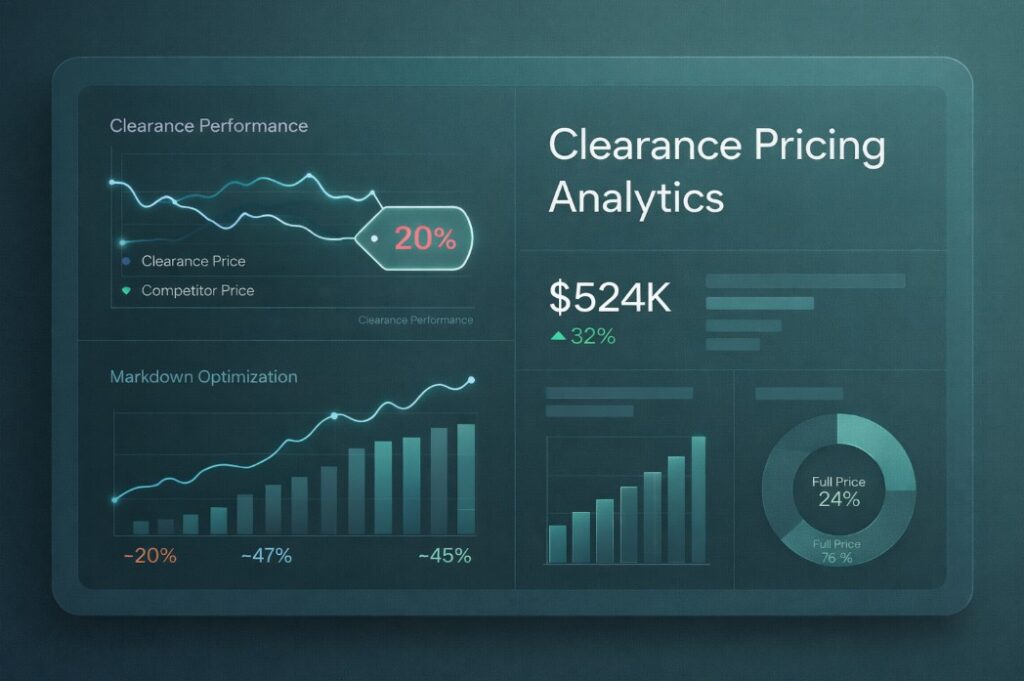
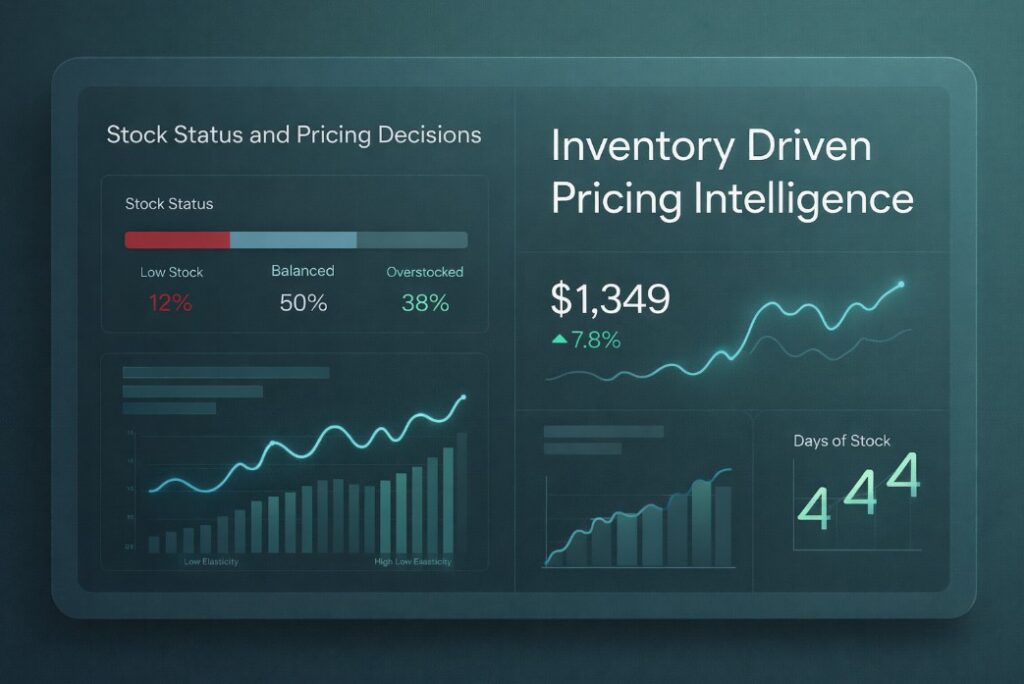
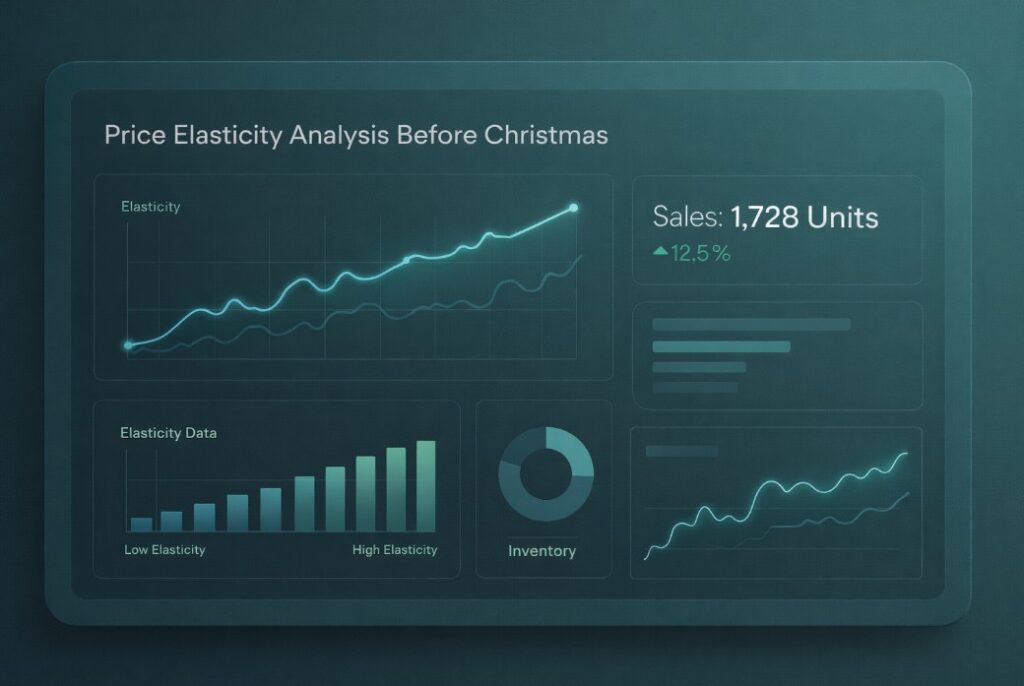
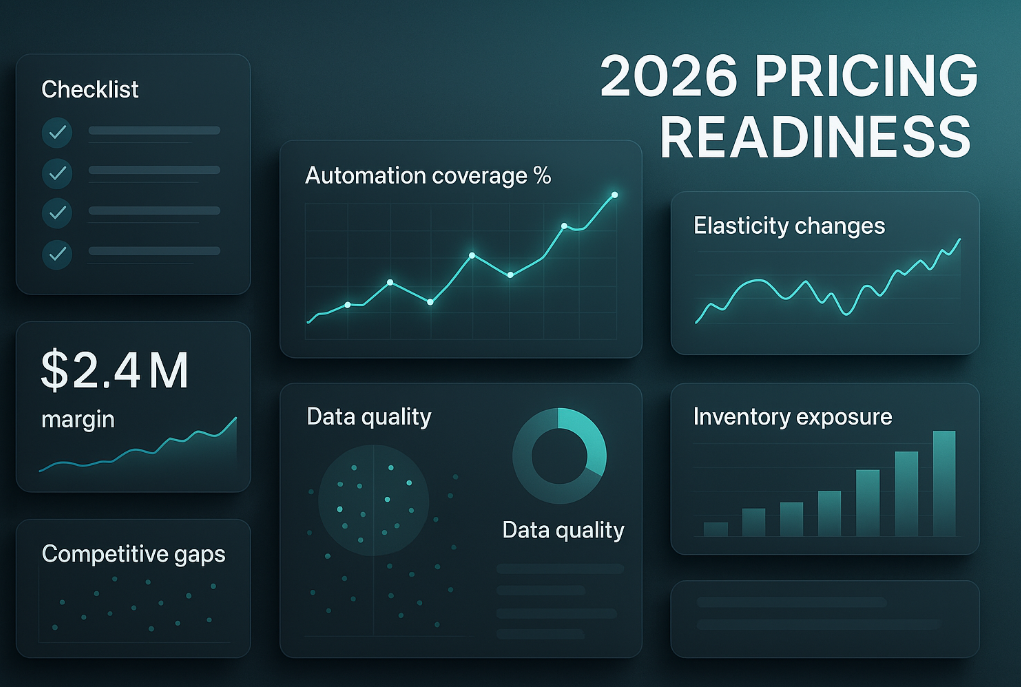
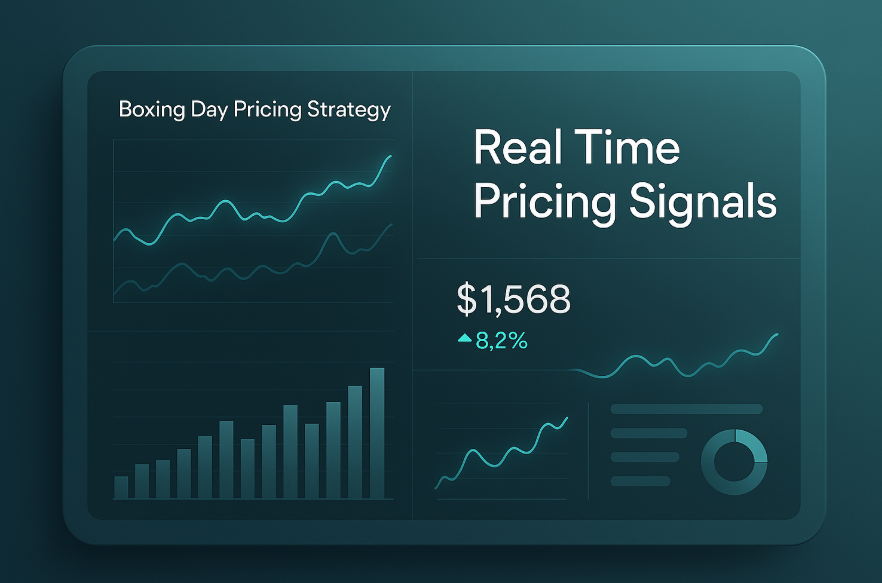
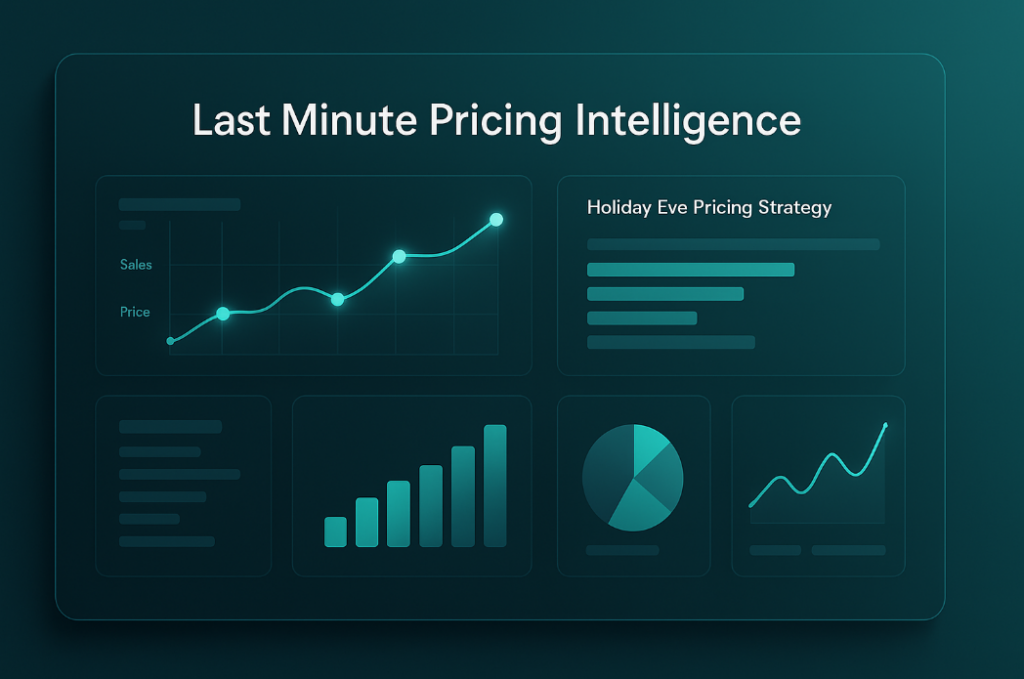







Missing an important marketplace?
Send us your request to add it!